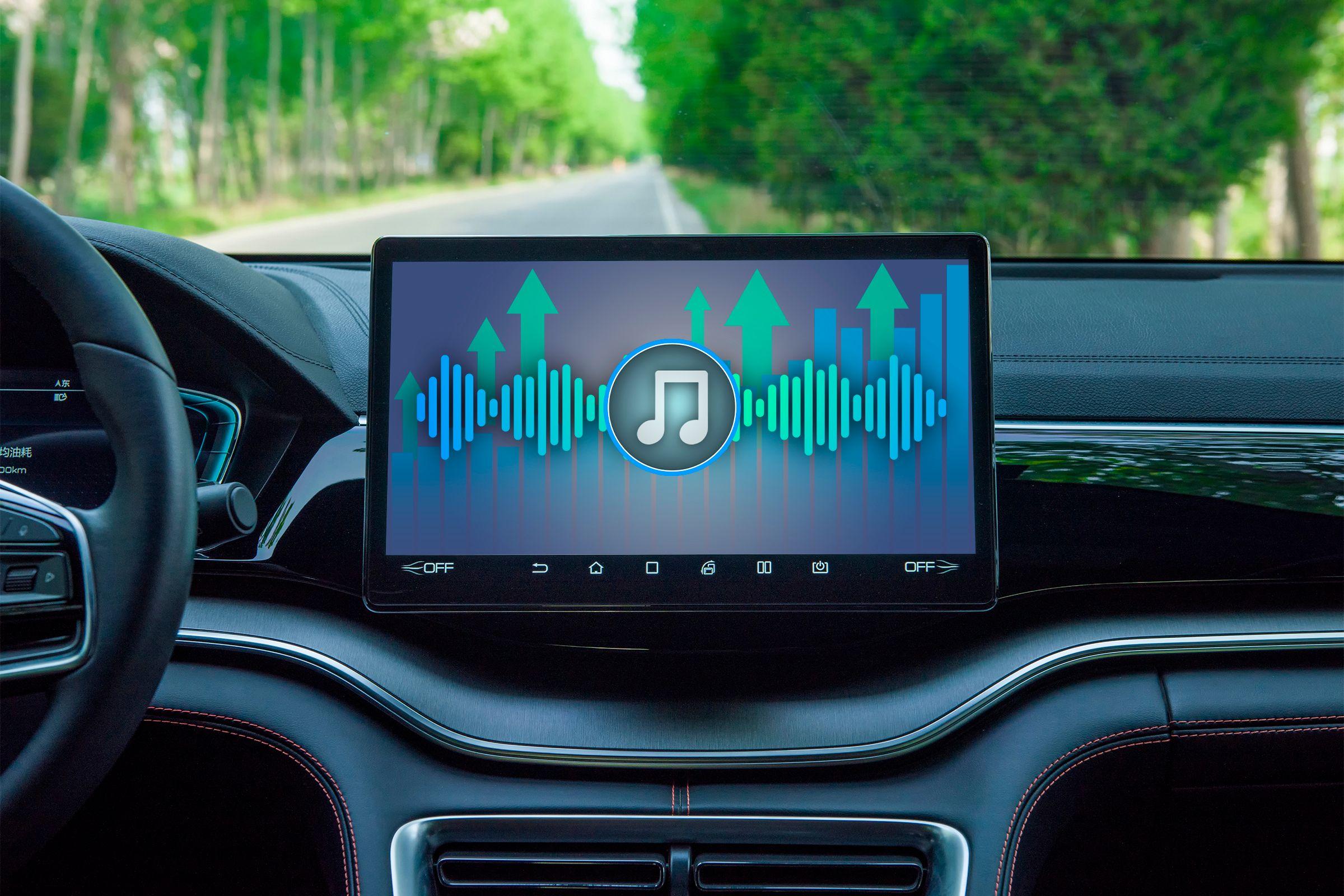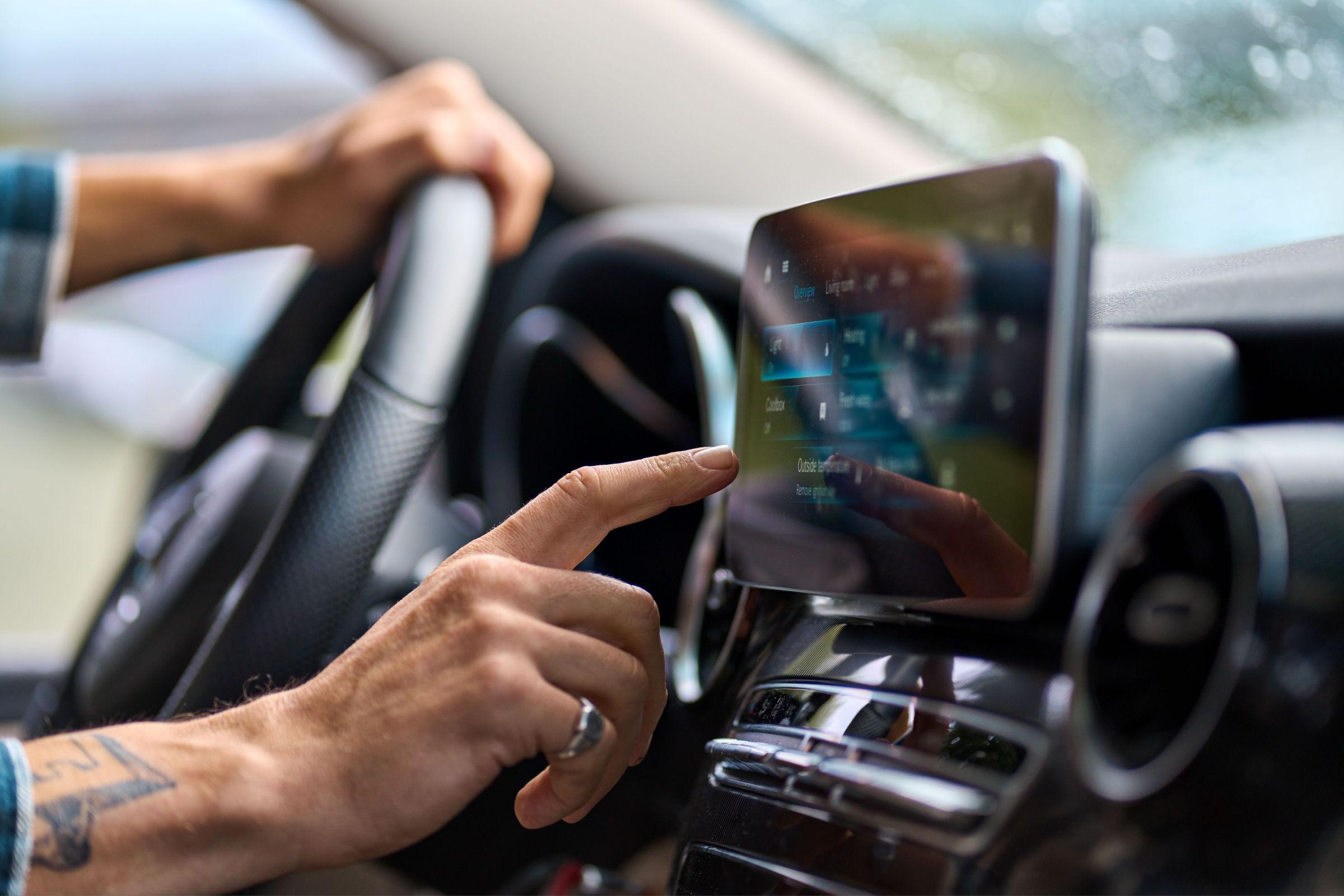Summary
- A Line Output Converter (LOC) can significantly improve your car audio system.
- Look for active LOCs with adjustable output, auto-turn-on feature, and built-in signal summing.
- While a Digital Signal Processor (DSP) offers advanced tuning, starting with a LOC is recommended for a basic upgrade.
If you’ve ever thought about upgrading your car audio but felt overwhelmed by all the options (or worried about the cost), the good news is that you don’t have to replace everything to get a seriously noticeable upgrade.
In fact, if you’re looking for the biggest bang for your buck, there’s one upgrade that stands above the rest.
A Line Output Converter Is That Upgrade
If you’re serious about making your car audio sound better, the first thing you should grab isn’t a new head unit or even new speakers. What you really want to get your hands on is a line output converter, or LOC for short.
The reason is that most factory radios are built to sound just okay—good enough to keep the average commuter from complaining, but nowhere near what you’d want if you actually care about how your music hits. They usually push out a speaker-level signal that’s fine for stock speakers, but the moment you want to upgrade to an aftermarket amplifier or better speakers, that factory signal becomes a major bottleneck.
A LOC steps in and fixes that by taking the high-level (speaker) signal and converting it into a clean, low-level (RCA) signal that your new gear can actually work with. What’s even better is that a quality LOC can preserve your factory head unit, which is huge if you don’t feel like wrestling with dashboard panels, weird factory wiring, or losing built-in features like steering wheel controls or backup cameras.

Related
The 6 Best Ways to Upgrade Your Car Audio Without Spending a Fortune
You don’t need a Bentley sound system.
What to Look for in a Good Line Output Converter
The first thing to look for is an active LOC, not a passive one. Passive LOCS technically work, but they’re weak and simply dull the signal without any real finesse. Active LOCs, on the other hand, actually buffer the signal (sometimes amplifying it slightly), clean it up, and convert it, giving your amp something strong and clean to work with. Another thing you’ll definitely want is adjustable output. Some factory systems, especially those with built-in amplifiers, output high voltages—up to 40 volts in some cases. If your LOC can’t handle that, you’ll get distortion or even damage your gear.
You also want to get an LOC with an auto-turn-on feature, so it can detect when the radio powers up and automatically turn your amplifier on and off. Otherwise, you’ll have to wire up a separate remote turn-on lead, and unless you really enjoy chasing ignition sources through your fuse box, it’s way easier to let the LOC handle it.
If you want to get a little fancy, look for a model with built-in signal summing as well. Some factory systems like to get all artsy and split the audio across different speakers—bass over here, mids over there, highs somewhere else. If you just tap into one of those, you will only be getting a slice of the music pie. A good LOC can grab all those scattered signals and stitch them back together into the full, glorious range.
Last but definitely not least, don’t cheap out on build quality. Your LOC is going to live in the rough and tumble environment of your car, with lots of heat cycling, vibration, and occasional moisture. Flimsy plastic housings and sketchy solder joints just aren’t going to survive long. If you want good recommendations, you can check out the AudioControl LC2i (or the LC2i Pro if you’re willing to spend more bucks), Wavtech link2, and Kicker KEYLOC.

Related
Installing the Line Output Converter
Setting up the LOC isn’t the most daunting task if you have some DIY chops. The process involves tapping into your head unit’s speaker wires, connecting the LOC, and running RCA cables to your amplifier. If you’re handy with a multimeter and comfortable working with car electronics, you might be able to tackle this yourself. You’ll need tools like wire cutters, electrical tape, and possibly a soldering iron for secure connections, although some people use T-taps or Posi-taps for quicker installs. Soldering is still the gold standard if you want the strongest and most durable connection, especially in a car where everything vibrates.
However, I’d strongly recommend professional installation, especially if your car has a complex audio system, or you’re adding multiple components. A pro can ensure proper wiring, minimize noise issues like ground loops, and tune the system for optimal sound. Plus, they’ll save you the headache of troubleshooting if something goes wrong.
LOC vs DSP: What’s the Difference?
Since I’ve been talking about the capabilities of a line output converter (LOC), it’s natural to wonder how that compares to something else you might have heard about: a DSP, or digital signal processor.
Think of a DSP as a full-blown editor that takes what’s already being said and makes it sound ten times better. A DSP lets you tweak your audio in ways your factory system never dreamed of: setting custom EQ curves, adjusting the timing so all the sounds reach your ears perfectly, balancing different speakers, and even smoothing out the rough patches in a car’s weird acoustic environment. It’s the tool you use once you already have a good foundation, and you want to fine-tune it into something truly amazing.
When I first started with my upgrade journey, I focused on the LOC because there’s no point in obsessing over fine-tuning if the basic signal isn’t even getting where it needs to go. If you’re stuck between the two and still rocking a factory head unit, the LOC is the no-brainer starting point. You can always add a DSP later once everything else is dialed in—and when you do, you’ll be setting yourself up for a system that doesn’t just sound louder, but considerably better.

Related
6 Ways to Soundproof Your Car To Make Your Music Sound So Much Better
Crank up the volume because you want to, not to fight outside noise.
Of course, the price tag tells the story, too. A decent LOC will set you back maybe $50 to $150. However, with a good DSP, you’re looking more like $300 to $800—and that’s before installation if you’re not handy. Is it worth it? Depends on what you’re chasing. If you’re just trying to add an amp and sub without tearing apart your dashboard, a LOC is perfect. But if you’re chasing that crystal-clear, audiophile-level sound, and you’re cool with either spending some serious time tweaking settings (or paying a pro who knows their stuff), a DSP is where the real magic happens.
And hey, if you want the best of both worlds, some newer gadgets are pulling double duty. They’ll take your speaker-level signals, convert them, and give you DSP tweaking powers. Look up the JL Audio TwK-88 or the AudioControl DM-810 if you’re looking for recommendations. They’re definitely not cheap, but they do a bit of everything, and they do it well.






